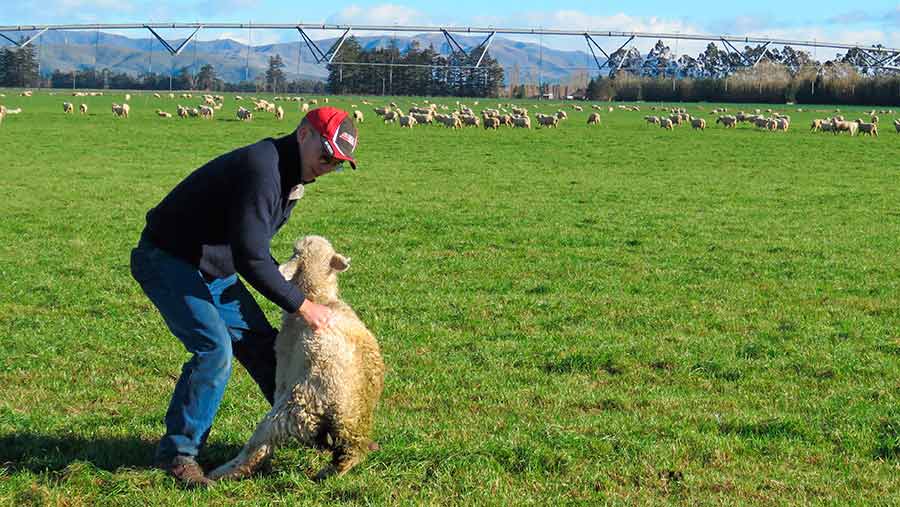Farmer Focus: Few profitable spring cropping options in NZ
 David Clark © Andrew Swallow
David Clark © Andrew Swallow We are just about through the winter down here and it is always good to get the Clydesdales out of the stable and into full harness.
Our lambs are finishing the last of the kale and oat crops and moving on to grass seed fields, so we are starting to turn ground over for spring crops. The prerequisite for that, however, is the need to have some options for planting.
The wheat price here is rubbish, with forward contracts at about NZ$300/t (£165/t) delivered – if you can get a contract. But the mills sent a significant number back unsigned well after the autumn crops were sown, so that doesn’t bode well for spring contract availability.
See also: Read more from our Arable Farmer Focus writers
With barley, the market is entirely dependent on dairy confidence, and although we have seen a couple of positive rises in the global milk auctions, there is still a very dark cloud hanging over the dairy guys.
No good news
It seems northern hemisphere growers have jumped on the pea, linseed and borage bandwagon and the news is all bad on those crops.
Everyone else seems to be taking ample opportunity to jump on the throat of the arable farmer at the minute. So learning my ABCs and growing anything but cereals is proving harder than I had hoped.
As grass seed production makes up 25-40% of our cropping area annually, we are paranoid about grass weeds – so a nine-furrow reversible plough is a vital piece of cultivation kit here at Valetta.
We will plough ex-winter feed ground then go once over with a 9m Sunflower cultivator and roller combo and follow straight in with a locally built 6m Allen airseeder. We will follow up with a grassweed herbicide just to be sure.
Rotation limitations
Given the return times between some of our specialist crops, we can’t chop and change too much in our rotations and we need to stay patient and hope that prices begin to recover, while keeping a lid on production costs. This is easier said than done, given that the larger arable costs are the drivers of yield.
It’s good thing then that I enjoy cultivations and planting, as it’s looking more like a hobby rather than a money-making operation this year.
David Clark runs a 463ha fully irrigated mixed farm with his wife Jayne at Valetta, on the Canterbury Plains of New Zealand’s South Island. He grows 400ha of cereals, pulses, forage and vegetable seed crops, runs 1,000 Romney breeding ewes and finishes 8,000 lambs annually.

